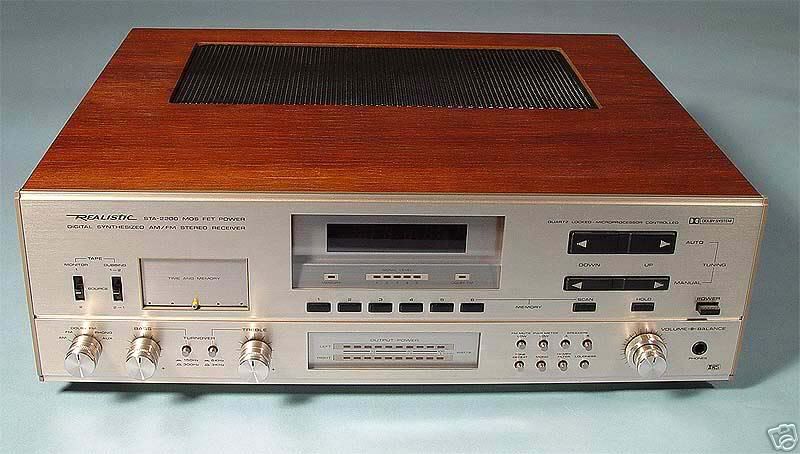ericj
Headphoneus Supremus
- Joined
- Aug 2, 2005
- Posts
- 8,356
- Likes
- 273
By the way, my SE-500 showed up last night. Wualta is right, they sound midrangey, seventiesish, and even disappointing and lackluster.
The driver modules are interesting, they have an integral cage that holds the damping sandwich together.
I think the SE-500 are more deserving of a two-way rebuild, but it may actually be harder to accomplish on the 500 than on the 700.
I'm thinking, cut out some of the damping foam (or make a whole new damping sandwich with a hole in it), cut a circle out of the interior plastic back-grille (but not the exterior mesh back-grille), and squeeze in a KSC75. Maybe add some series resistance to it to even out some of the efficiency difference.
Certainly easier to picture myself doing it to the SE-500, since the one working side of my SE-700 sounds better than both working sides of the SE-500 combined.
Plus the SE-500 is dead sexy. I love the curve of the earcups.
The driver modules are interesting, they have an integral cage that holds the damping sandwich together.
I think the SE-500 are more deserving of a two-way rebuild, but it may actually be harder to accomplish on the 500 than on the 700.
I'm thinking, cut out some of the damping foam (or make a whole new damping sandwich with a hole in it), cut a circle out of the interior plastic back-grille (but not the exterior mesh back-grille), and squeeze in a KSC75. Maybe add some series resistance to it to even out some of the efficiency difference.
Certainly easier to picture myself doing it to the SE-500, since the one working side of my SE-700 sounds better than both working sides of the SE-500 combined.
Plus the SE-500 is dead sexy. I love the curve of the earcups.



